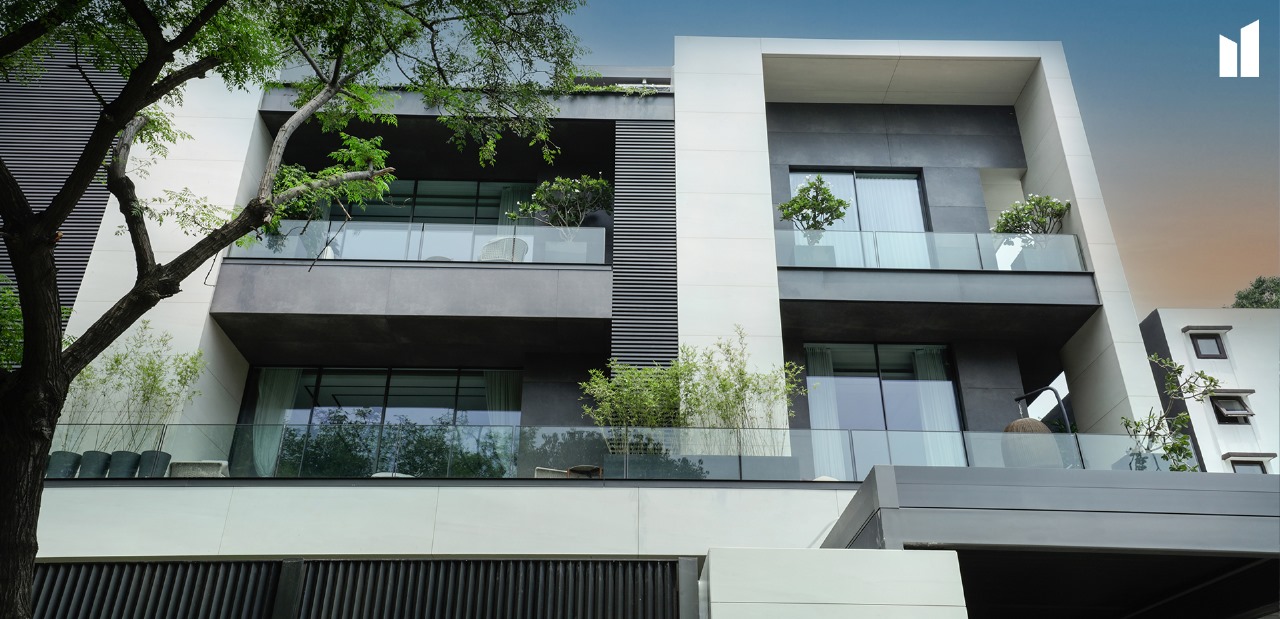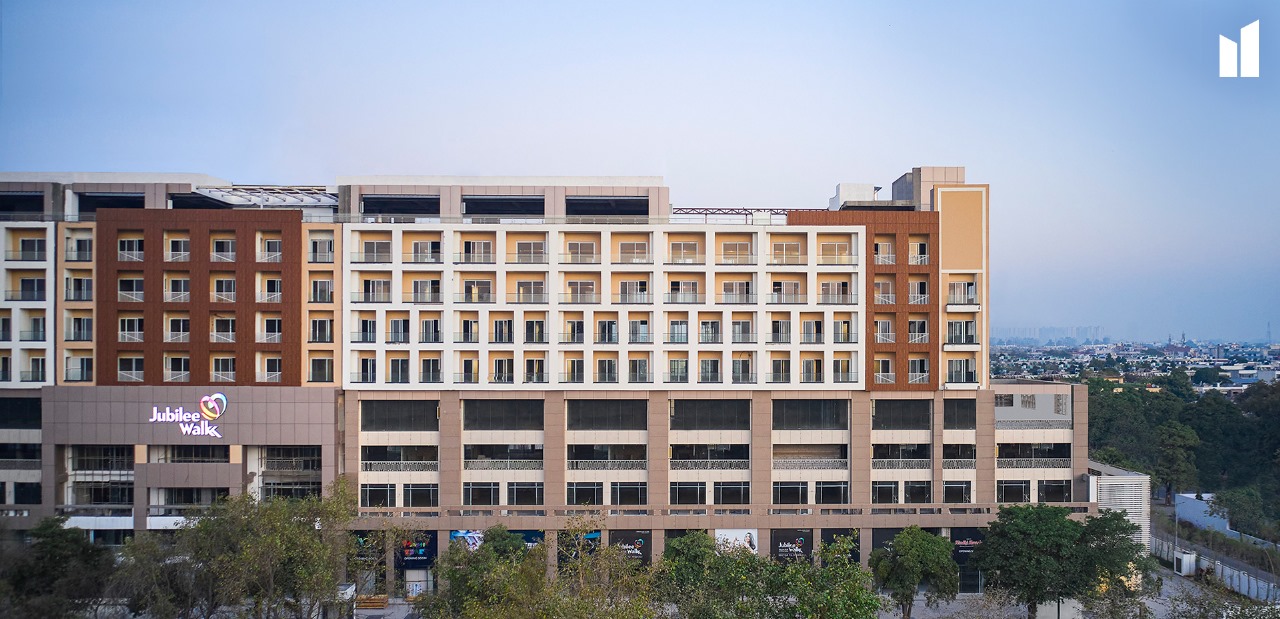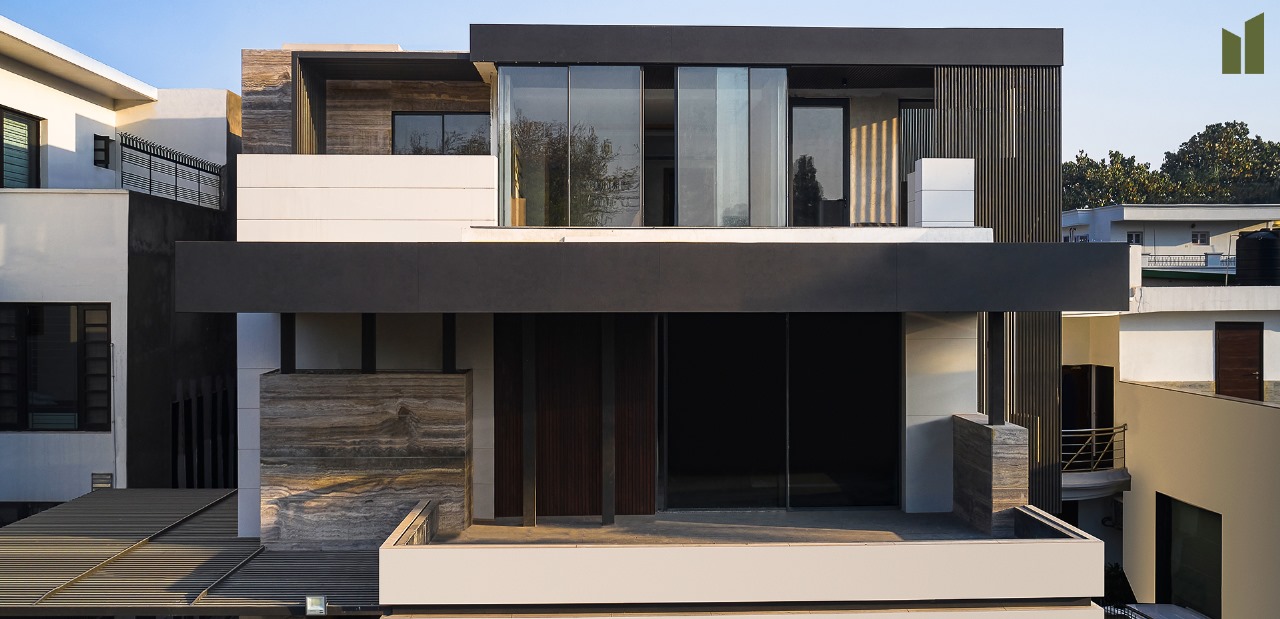What are the best 9 types of exterior cladding material?
The building facade is the first impression in the observer’s eye, and therefore it holds greater value. As a result, we want the facade design to be aesthetically attractive and timeless. In such cases, choosing the right exterior cladding material may give strong form, beauty, and function while elevating the aesthetic of any facade. However, nothing says timelessness more than natural materials like a stone in architectural design.
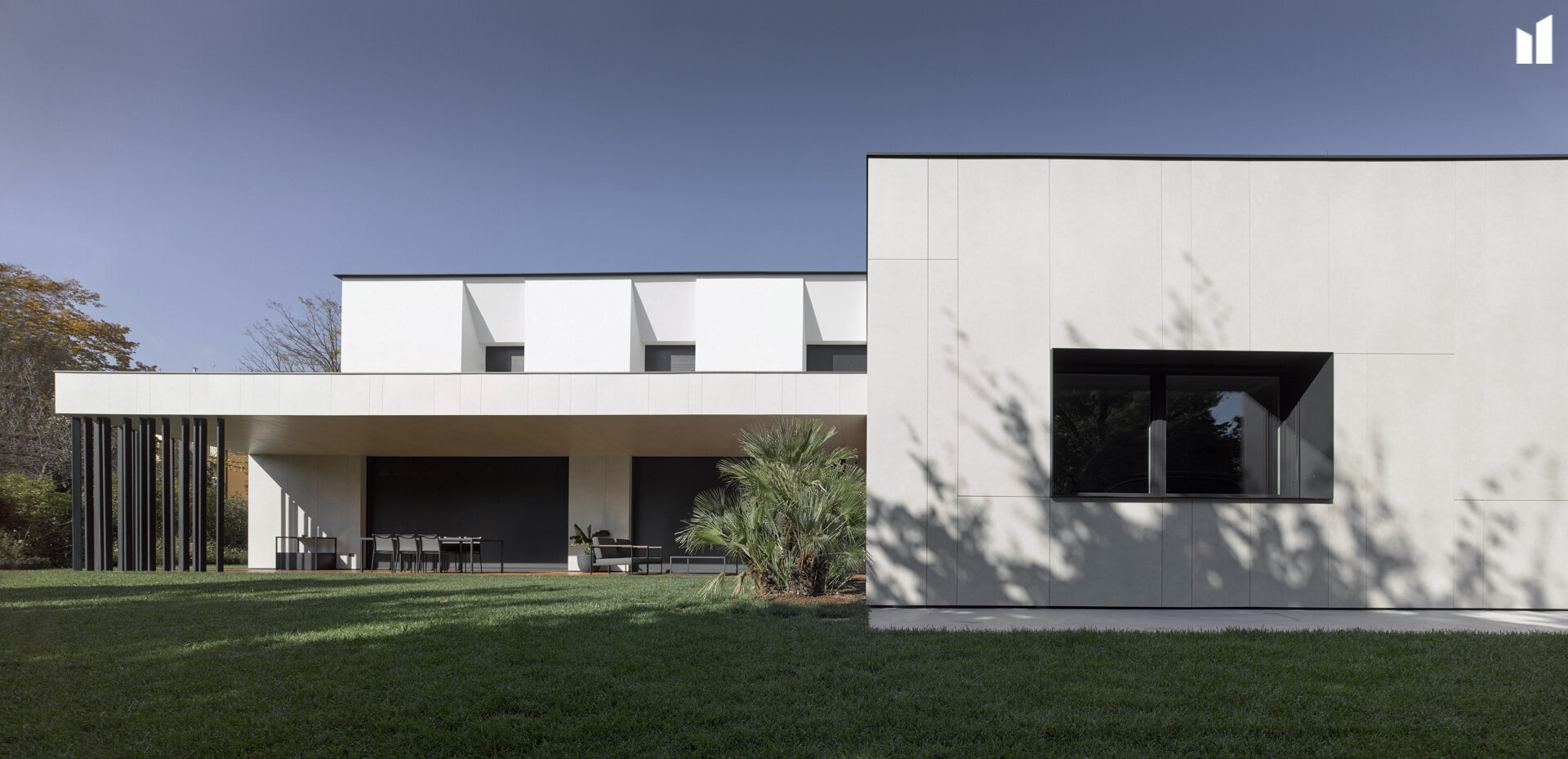
What Is Exterior Cladding?

Wall cladding is an excellent technique to safeguard the outer walls of a structure from impacts of weather and other sorts of irritants that might harm the structure. Exterior cladding’s main advantages are its rigidity, sturdiness, and aesthetic qualities.
Over the last few years, the designs of exterior cladding material have changed dramatically. Brick was always considered a fundamental building component, but it has lately evolved into a designer’s colour palette for innovation. With various superior alternatives and developments, Stonelam Laminam has made innovation possible. Moreover, the new age of building facades is redefining architecture due to their cutting-edge technology and finesse.
Let’s look at a few exterior cladding materials that are changing the way we look at exterior architecture
9 Types of Exterior Cladding Materials with their pros and cons
1. Wood

Pros – Wood cladding can provide a great three-dimensional effect. Its installation and upkeep, on the other hand, are rather costly. It has a natural appearance and, if treated properly, is highly durable. It is the most commonly used material preferred by people who want to keep a natural look for their walls.
Cons – Although wood is known to catch fire very quickly, hence it is not the safest option for your building. It can also be easily scratched and stained, and it requires a complete replacement hence making it a costly choice as well.
2. Brick

Pros – If implemented right, brick cladding creates a gorgeous finish. It is offered in a range of textures, colours, and finishes. It provides a neat finish and layer to a building especially, an educational institute or university.
Cons -But the cons of choosing brick is that it requires regular maintenance which could prove to be costly. Brick also loses its shine very quickly which might make your building look bland.
3. Ceramic

Pros – Since Ancient Egypt, ceramic tiles have been utilized to create wall cladding patterns. Ceramic rain-screen cladding methods are especially effective in safeguarding the structure from the weather while also providing a pleasing aesthetic.
Cons – The downside of ceramic tiles is that they are extremely brittle and are easily prone to cracking and chipping upon regular impacts. Also, it might prove to be challenging to replace a single tile without damaging the adjacent tiles.
4. Concrete

Pros – Concrete panels are versatile and may be utilized for a variety of purposes for exterior cladding. Concrete is rigid and provides strong structural support to a building for a long period of time. They can also withstand rains, heat, and other environmental hazards. They are also fire-proof thus providing more safety to your building.
Cons – But on the downside, the concrete cladding will prove to be extremely costly along with its production, transportation, and installation costs as the material are on the heavy side. They are also prone to scratches and stains thus requiring high regular maintenance.
5. ACP

A panel made of two aluminium alloy layers connected with a non-aluminium core is known as an aluminium composite panel (ACP).
Pros – It is lightweight, robust, and long-lasting, with fire resistance qualities. Most can argue it is one of the best exterior cladding materials available to the general population. It comes in a variety of colors and textures that are sure to woo any eyes that gaze upon it.
Cons – But the shine of ACP fades away in a little over 4 years, thus not proving to be material for long-term use. Its core is also flammable by nature which could cause it to catch fire very easily.
6. HPL

Pros – High-pressure laminates, HPL cladding, is frequently utilized in commercial structures for both exterior and interior surface. Considered a nice alternative to ACP, it is easy to handle and install. Although it is quite limited in the variety of designs and textures, it is still a good option for wall cladding.
Cons – The downside remains that it is extremely flammable by nature thus not providing a layer of protection to your building.
7. WPC
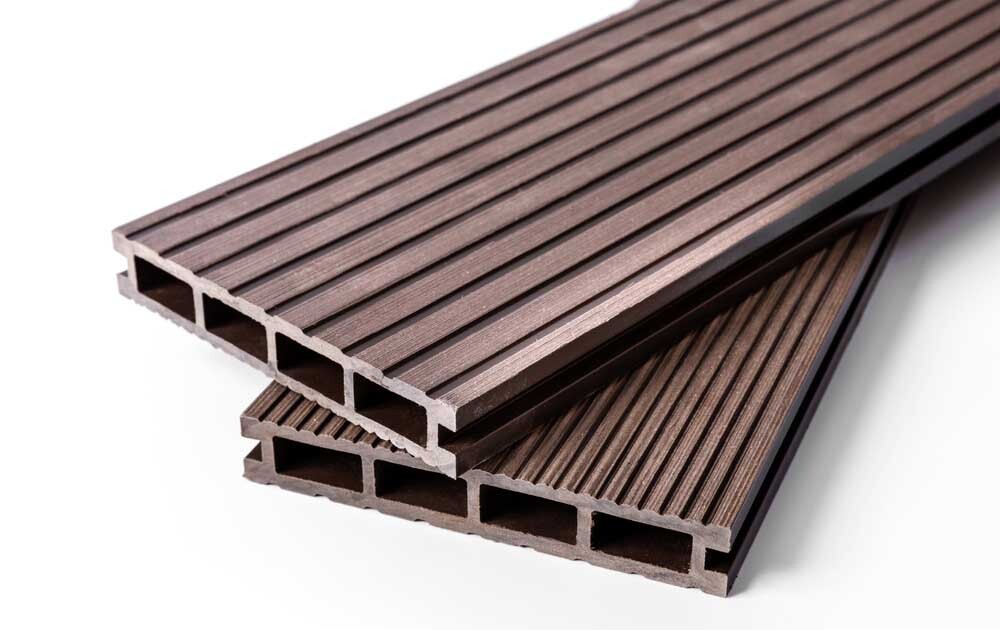
Pros – On facades, WPC creates a good aesthetic unique effect. Buildings that are extremely resistant to fading or discolouration can use this material to renovate their facades without any hassles.
Cons – It is not quite rigid in structure and is easily prone to scratches, stains, and often chipping. It is also flammable thus falling short of providing a layer of fire-proof safety to your building.
8. Stone

Pros – Stonewall wall cladding has layers of different materials lending a natural appearance. It has an antique vibe about it. And it is also a lightweight and long-lasting option.
Cons – However, there is a high chance that the facade would lose its original charm with time as it is easily prone to stains. Stone can also come in contact with environmental toxins like acid rains where it will develop ugly stains on the surface.
9. Stonelam Laminam

Pros – Stonelam laminam is a natural sustainable option with varying sizes offering the largest and the most seamless porcelain slabs for a diverse range of use. Its beautiful aesthetics is further enhanced by its long-lasting shine that comes with a 25-year color shine warranty.
These thinnest porcelain slabs are lightweight that is easy to install and provide a long-term cladding solution to your building. Made from natural raw materials, these slabs are 100% fire-proof thus proving to be not only the most aesthetically looking cladding material but also the safest among them all.
Now you may be wondering if choosing Stonelam has any Cons? Truth be told, Stonelam’s biggest con is probably also beneficial as its biggest pro. Stonelam is considered quite costly compared to cheaper alternatives in the market but none of those materials come with a 25-year color warranty like Stonelam. The lives of most used facade materials like ACP and HPL only last till 4 years, by choosing Stonelam you make an investment that tend to last decades without any frequent replacement and maintenance costs.
Rudrakash Charan, Principal Architect, 42 mm Architecture (Delhi) adds, “Stonelam is a brilliant product. We are very glad that the product is light and replaces a lot of conventional products like heavy tiles, sandstones.”
These Stonelam surfaces are designed to be fire, frost, UV and scratch-resistant, showcasing high-quality resistance to weathering as well.
Harsharan & Ruby Singh, Principal Architect, Archihives (Delhi) quotes, “We have used Stonelam recently in one of our projects. Colours like graphite and ash were available, and we created beautiful panels. The material is very thin, everlasting, less maintenance, lightweight, no polishing and easy to install required. Stonelam collection is very beautiful.”
Let’s look at a few of Stonelam Laminam surfaces that are no less than a state-of-art, adding elegance, opulence and timelessness to architecture.
A residential villa that spells luxury…..

Architect Prashant Gaba uses the Fokos Terra, Oxide Avorio and Ossido Bruno from the Stonelam wide range of porcelain surfaces for the Sushant Lok residential villa in Gurgaon, India.
Addressing the new-age with monochromes….

This opulent residence in Delhi uses Blend Nero, Oxide Biano and Blend Avorio for its exterior cladding; creating an art monolith for a home.
Let nature take the center stage…..

This elegant residence in Panchkula by Architect Badrinath Kaleru blends seamlessly in nature due to the Basaldo Vena Scura from the Stonelam collection. Rather than being a statement, the house follows an understated elegance and minimalism.
The need to blend Technology in Exterior Cladding

Cladding is a dual-purpose external finishing method that resembles skin. Apart from protecting interiors, it also renders the exterior more appealing. The appropriate cladding aids in keeping the structures weather-tight while also providing thermal insulation and decreasing temperature variations within.
The fixing technique of these elements is rapidly changing, shifting from traditional wet fixing to dry solutions, saving significant time in the construction cycle. Stonelam Facade System offers dry cladding acting as an aesthetic element and serving functional purposes as well. This approach is a safer alternative that prevents the infill substance from wearing off and makes the facade look visually pleasing and attractive.

Various exterior cladding materials have evolved in tandem with the emergence of diverse forms to complement this architectural approach. With options ranging from exterior wood like cladding to glass facades, from ACP to the timeless porcelain slabs by Stonelam, the options are truly endless. To know more, https://stonelam.com/





